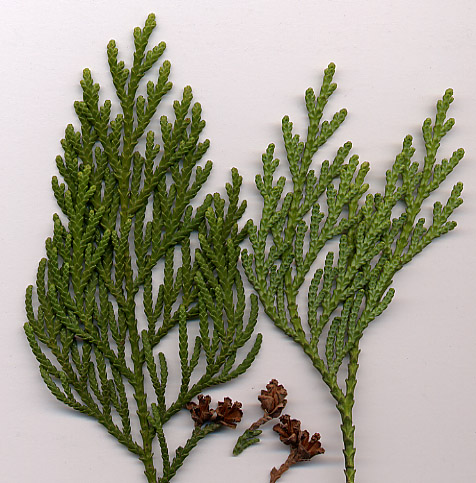In order to characterize Pre-Greek loanwords in his own Etymological Dictionary of Greek (2010)1, the Dutch Indo-Europeanist Robert Beekes used his compatriot Edvard Furnee's PhD disertation Die wichtigsten konsonantischen Erscheinungen des Vorgriechischen (1972), a pioneer work later followed by Vorgriechisch-Kartvelisches. Studiem zum ostmediterranen Substrat nebst einem Versuch zu einer neuen pelasgischen Theorie (1979) and Paläokartvelisch-pelasgische Einflüsse in den indogermanischen Sprachen. Nachgewiesen anhand der spätindogermanisch-griechischen Reflexe urkartvelischer Sibilanten und Affrikanten (1986).
In these later works (thoroughly ignored by Beekes2), Furnee develops the theory Pre-Greek/Pelasgian was a Paleo-Kartvelian (an older stage than Proto-Kartvelian) language. For example, Greek kháos 'abyss, chasm'3 < Pre-Greek *kʰáw- can be linked to PK *qew-/*qaw- 'ravine' (Old Georgian qev-i, qev-n-i, Georgian xev-i, Megrel xab-o)4, where PK q ~ Pre-Greek kʰ'5.
In my opinion, these and other correspondences between Pre-Greek and Kartvelian would be evidence of language contact rather than a genetic relationship6, as they include borrowings into the opposite direction. For example, although PK *tor- (Georgian tor-i, torn-i 'harness, armour')7 corresponds to Greek thôraks (Ionic thôrēks, Mycenean TO-RA-KE) 'cuirass; trunk, chest'8 < Pre-Greek *tʰur-āk-, it's clear the source can't be Paleo-Kartvelian.
This would be an Eurasiatic root found in Latin corium 'skin, hide, leather', cortex 'bark, shell', Sanskrit cárman-, Avestan čarǝman- < PIE *s-ker- 'bark, skin'9, PK *tser- (Laz cara) 'rough infertile earth', Proto-Uralic *tɕarV 'hard', Proto-Altaic *tSarV 'snow, snow crust', Proto-Dravidian *tSara- 'rough on surface', and whose protoform is reconstructed by Dolgopolsky as *tɕ(ˀ)arV/*tsˀarV 'hard/firm, hardened crust, hard surface' (ND 311). The initial sibilant affricate was centumized into a velar stop10 (palatalized in Indo-Iranian) in IE but it gave a dental stop in Pre-Greek.
__________________________________________
1 Which is part of the so-called Indo-European Etymological Dictionaries Online (IEDO)
project, a series of etymological dictionaries of IE languages edited
by Alexander Lubotsky from Leiden University. Until some years ago,
preliminary versions of them were available online for free under the label Indo-European Etymological Dictionary (IEED), but unfortunately now they are of restricted access, as copyright is owned by publisher Brill.
2 He regards Pre-Greek as
a uniform non-IE language "with no recognizable cognates", thus ignoring most recent research on the subject.
3 On the other hand, the related kháũnos 'slack, porous; vain, frivolous' < Pre-Greek *kʰáw-n-o- derives from a suffixed variant of the same root. Beekes' allusion to a possible parallel in Germanic and Baltic 'palate' is totally ungrounded. See R.S.P. Beekes (2010), op. cit., p. 1614.
4 E.J. Furnée (1979), op. cit., §57.
5 Notice, however, the possible link (already observed in Varro's De lingua latina) between the Greek word and Latin cavus 'hollow' < PIE *kouH-o- by Thurneysen-Havet's Law. See L. Horton-Smith (1895): Establishment and Extension of the Law of Thurneysen and Havet, The American Journal of Philology, 16, pp. 444-467.
6 In fact, the Kartvelianist and Indo-Europeanist Thomas Gamkrelidze accepted some of Furnée's correspondences, relating them to the argonauts. See T.V. Gamkrelidze & V.I. Ivanov (1995): Indo-European and the Indo-Europeans, p. 799-804.
7 E.J. Furnée (1979), op. cit., §16.
8 R.S.P. Beekes (2010), op. cit., p. 569.
9 Please notice Greek kôrykos 'leather sack' is unrelated. See R.S.P. Beekes (2010), op. cit., p. 816.
10 Not *sk- as thought by Nostraticists, because *s- (called "s-mobile" in the literature) is a fossilized prefix.







